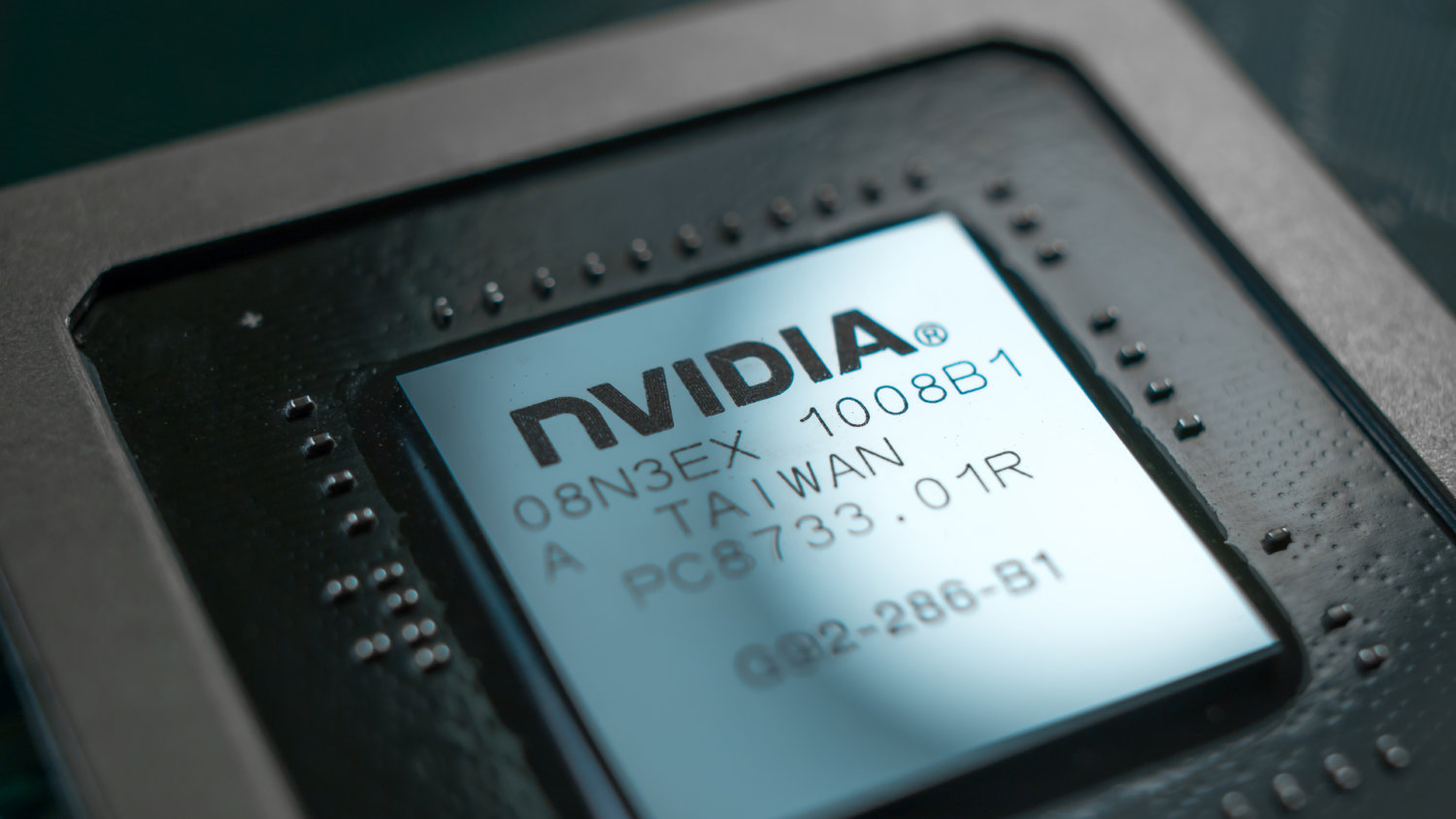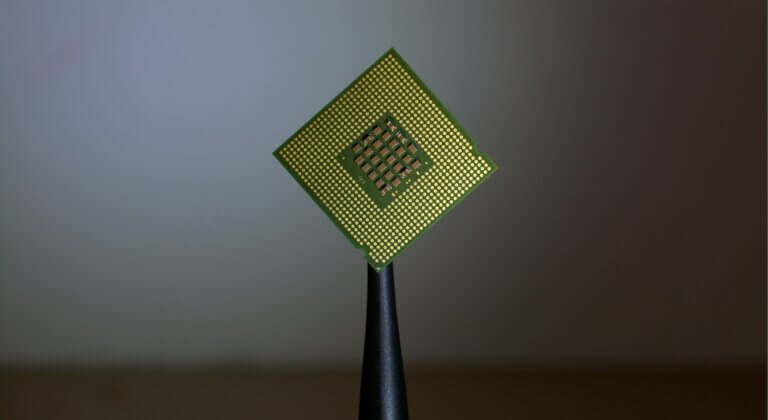AMD that its EPYC™ Reported It was Chosen by Argonne National Laboratory to Prepare for Exascale Future
Aug 30, 2021 By MarketDepth

Advanced Micro Devices, Inc. (NASDAQ: AMD) reported on Monday that the U.S. Department of Energy’s (DOE) Argonne National Laboratory (Argonne) has chosen AMD EPYC™ processors to power a new supercomputer, called Polaris, which will prepare researchers for the forthcoming exascale supercomputer at Argonne called Aurora. The new semiconductor is built by Hewlett Packard Enterprise (HPE), and will allow scientists and developers to test and optimize software codes and applications to tackle a range of AI, engineering, and scientific projects.
“We are extremely proud to support Argonne National Laboratory and their critical research into areas including low carbon technologies, medical research, astronomy, solar power and more as we draw closer to the exascale era.”
Forrest Norrod, senior vice president and general manager, Datacenter and Embedded Solutions Business Group, AMD
“AMD EPYC server processors continue to be the leading choice for modern HPC research, delivering the performance and capabilities needed to help solve the complex problems that pre-exascale and exascale computing will address,” said Forrest Norrod, senior vice president and general manager, Datacenter and Embedded Solutions Business Group, AMD. “We are extremely proud to support Argonne National Laboratory and their critical research into areas including low carbon technologies, medical research, astronomy, solar power and more as we draw closer to the exascale era.”
Exascale Supercomputer
Initially, Polaris will be used by research teams participating in initiatives such as the DOE’s Exascale Computing Project and the ALCF’s Early Science Program. User communities within the DOE’s Exascale Computing Project will also use Polaris for optimizing engineering tasks for Argonne’s forthcoming exascale supercomputer, which includes scaling of combined CPU and GPU-enabled systems and the integration of workflows combining modeling, simulation, AI and other data-intensive components.
Early 2022 Launch
Polaris is scheduled to be delivered and installed in August 2021 and will go into use starting early 2022. The broader HPC community will access the system in spring of 2022 to prepare workloads for the next generation of DOE’s HPC resources.
Hewlett Packard Enterprise (HPE) Infrastructure
The Company has previously announced that AMD EPYC™ processors are powering the new Hewlett Packard Enterprise (HPE) Alletra 6000, a cloud-native data infrastructure storage solution that powers business critical applications with the cloud experience.
Next Generation Computing
“AMD EPYC processors give the HPE Alletra 6000 an ultra-efficient architecture that is designed to deliver fast, consistent performance with industry leading data efficiency,” said Omer Asad, vice president and general manager, Primary Storage, HCI & Data Management Services at HPE. “We were able to leverage the high core counts and increased bandwidth supported by PCIe® 4 capabilities of AMD EPYC processors, to deliver a high-performance system, that provides great efficiency for business-critical workloads with strict SLAs for availability and performance.”




